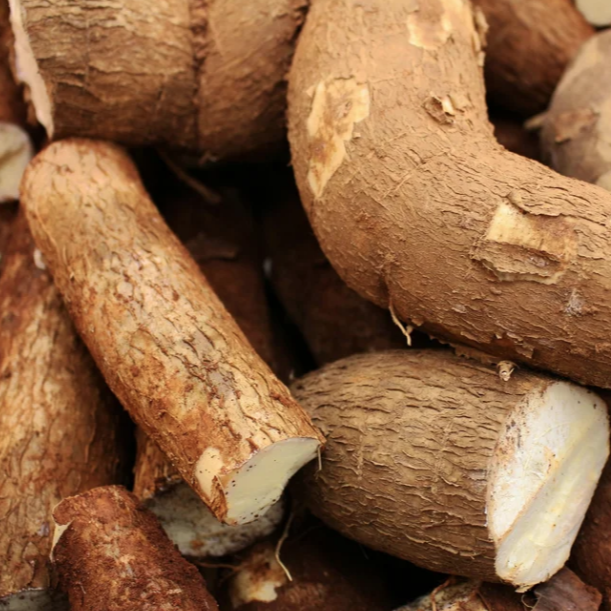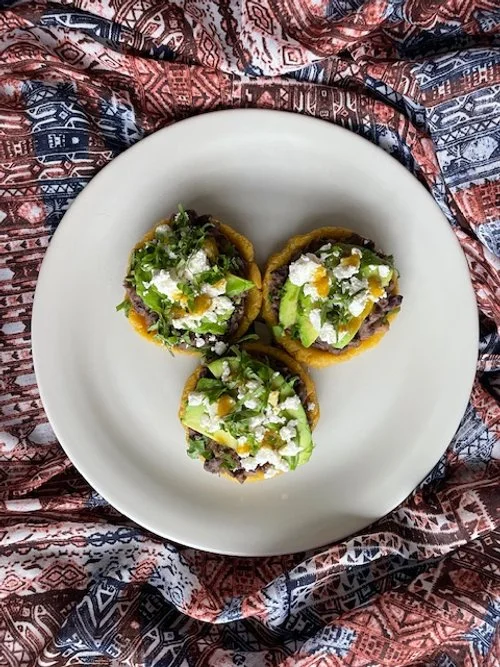JANG - THE LIFE FORCE BEHIND KOREAN CUISINE
Jang fermented sauces or pastes are the life force behind Korean cuisine and tradition, making the food from this wonderful country so unique in flavour and significant within its historical roots.
What is Jang made from?
Jang can be made from many different ingredients such as fish (eojang), meat (yukjang) and also soybeans (dujang). Dujang is probably Korea’s most popular food export found all around the world.
It is a traditional culinary ingredient that undertakes a timely process performed mainly by women. However, to explore the importance of jang, we must first understand soybeans, the building blocks on which it is created.
The Importance of Soybeans in Asian Culture
Soybeans have been cultivated for over 5,000 years and were a prevalent part of the Dongyi Tribes, that once inhabited China’s northeast and east, Korean Peninsula and Japan. Excavated evidence of carbonized soybeans leading back The Bronze Age provides an insight into the Korean diet many years ago.
Soybean farmers in Xiangfan, in central China's Hubei province.
Credit: NPR/Reuters /Landov
Soybeans have always played an important part in the Asian diet, being a primary source of protein and nutrition. The Western world used it for animal feed due to its low cost and high nutritional content before taking some time to introduce it to the human diet. In both natural and fermented forms, soybean food products today are common in many countries around the world.
There are over 2500 strains of soybeans grown worldwide, with each strain being chosen for a large variety of both fermented and non-fermented products. Soybean oil, soy milk, and tofu are the most common non-fermented soybean products found on the market today.
The process of fermenting foods has been around for 10,000 years to preserve ingredients for when the seasons changed and food was sparse, but it also can create higher nutritional content in food products through the growth of bacteria and microorganisms. When fermenting soybeans, certain chemical inhibitors are removed allowing absorption of nutrients more easily. Fermentation and the result of different varieties of dujang in Korean cuisine have proven to be both complex in flavour and have been proven in studies to help fight cancer, diabetes and to prevent obesity.
There are four main types of soy jang in Korean cuisine that vary in complexity of taste and texture. The simplest of the soy jangs is Chungkukjang. It is made by boiling soybeans and allowing them to ferment over a few days at a temperature averaging around 30°C, creating a bacteria which results in a sticky, pungent dish similar to Japanese natto.
The three other soybean jangs undergo a more complicated, timely process allowing the final products to be complex, extremely nutritious and full of umami. The base of these jangs is developed from a soy block called meju. Meju is made at different times of the year depending on the region and what the meju will be eventually used for. Doenjang and Ganjang meju is usually made at the end of Autumn, around early November yet it varies according to the lunar calendar.
Meju bricks tied with rice stalks. Credit: Jason Lang
There are three steps this type of meju will undergo before resulting in the final product.
The soybeans are soaked and boiled for around 5-6 hours before being drained, crushed and shaped into large bricks.
Traditionally these soybean ‘bricks’ are wrapped in rice stalks like a ribbon around a parcel, hung and aged naturally for 1-2 months. This process is now sometimes sped up in a controlled temperature environment cutting down the aging time to about 15 days at around 12°C-15°C. Bacteria is transferred through the rice stalks and asperlligus mould starts to grow on the meju.
The rice stalks are removed from the meju and the blocks are then placed in large earthenware pots known as Jangdok (or onggi) where they ferment for a further 1-2 months in a saltwater solution. The liquid and paste are then separated to age further to create doenjang (bean paste) and ganjang (soy sauce).
GANGJANG (Soy Sauce)
Ganjang can be divided into three categories depending on complexity, the time it takes to ferment and what dishes it is best used in. The longer the aging process, the more complexity the gangjang takes on.
Guk-ganjang is the traditional Korean soy sauce using only meju, water and salt. The flavour variances of this soy sauce will depends on the aging process and usually, this type is used for soups.
Yang-jo- gangjang is a soy sauce naturally processed with the addition of wheat, resulting in a more Japanese style soy sauce that is slightly sweeter.
Jin-ganjang is a mixed soy sauce made of a naturally produced yang-jo-jang and a chemically produced gangjang. It comes at a cheaper price, however, the flavour profile is not as complex.
DOENJANG (Soybean paste)
Doenjang is the byproduct of soy sauce production. The broken-down meju is added to an earthenware pot and allowed to ferment for a minimum of 6 months. Doenjang has a similar texture to miso, however, it is less sweet and more of a savoury base to use in soups.
Doenjang in its purist form contains only fermented soybeans and a small amount of brine. Chillies and jujubes (Chinese dates) may also be added. Koji or wheat is sometimes added to the fermentation process in more commercial varieties of doenjang, resulting in a sweeter flavour. As well as being used for its culinary purposes, Doenjang has been taken medicinally from as early as the 1600s to reduce blood pressure and ease allergies.
GOCHUJANG (soybean chilli paste)
This spicy, sweet red pepper paste is made from a combination of Korean chilli powder, glutinous rice, and ground meju, salt, kanjang and sometimes malt water. Gochu, the Korean chilli, is only grown in the Korean Peninsula and is essential in making Korea’s most popular food exports – kimchi and gochujang.
The meju in gochujang accounts for 80-90% of the final product and contains a small amount of wheat creating a slight sweetness to the sauce. The gochujang meju is fermented for around 2-3 months before it is ground into a powder. All the Gochujang ingredients are mixed together thoroughly before being placed in earthenware pots to ferment from 6 months or more.
Gochujang preparation. Credit: Michelle K Min
The rice starches allow saccharification to take place, enabling the gochujang to develop a unique sweetness with a mouthful of umami while developing some wonderfully natural bacteria, yeast, and fungus over time.
Korean dujangs display such complexities with the simplest of ingredients. All that is needed are soybeans, salt, chilli, a little bit of heat and time to create such wonderfully umami-rich products. They are creations that have been mastered over many years and are strongly embedded into Korean cuisine and culture that will, hopefully, last a lifetime.









